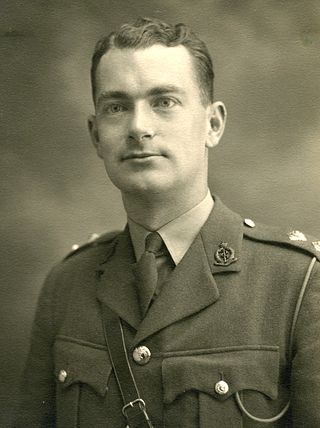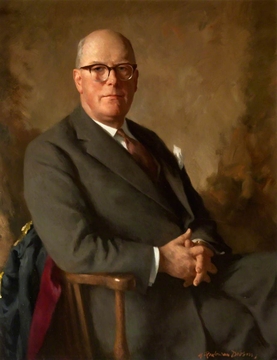Sir William Melville Arnott was a Scottish academic.

Sir William Tennant Gairdner was a Scottish Professor of Medicine in the University of Glasgow.
Robert Kilpatrick, Baron Kilpatrick of Kincraig was a Scottish physician, educator, academic and former President of the General Medical Council.

Sir John Batty Tuke PRCPE FRSE LLD was one of the most influential psychiatrists in Scotland in the late nineteenth century, and a Unionist Member of Parliament (MP) from 1900 to 1910. Tuke's career in Edinburgh from 1863 to 1910 spanned a period of significant social and political changes in asylum governance and care in Scotland. Tuke's professional success in public and private practice and his powerful role in several prominent medical societies allowed him to influence his colleagues toward a more physiological understanding of mental illness and its treatment.
Angus Macdonald FRSE FRCPE, was a Scottish physician, obstetrician and lecturer at the University of Edinburgh. He served as President of the Edinburgh Obstetrical Society from 1879 to 1881.

John George Macleod was a Scottish doctor of medicine and a writer of medical textbooks.

Sir Robert Hutchison, 1st Baronet, FRCP was a Scottish physician and paediatrician, and the original editor of the medical books, Clinical Methods and Food and the Principles of Dietetics.

Sir Frederick Taylor, 1st Baronet was a British physician and president of the Royal College of Physicians 1915–1918 and president of the Royal Society of Medicine 1914–1916. He was created first Taylor baronet of Kennington in the 1917 Birthday Honours.

George William Balfour FRSE was a Scottish physician, known as a heart specialist.

Sir Byrom BramwellFRSEFRCPE was a British physician and medical author. He was a general physician, but became known for his work in neurology, diseases of the heart and blood, and disorders of the endocrine organs. He was president of the Royal College of Physicians of Edinburgh.

Sir Derrick Melville Dunlop was a Scottish physician and pharmacologist in British medical administration and policy-making in the late 20th century. He established the Dunlop Committee which investigates the side-effects of new drugs in the UK.

James Haig Ferguson was a Scottish obstetrician and gynaecologist. He served as President of the Royal College of Surgeons of Edinburgh from 1929 to 1931 and was president of the Edinburgh Obstetrical Society. He chaired the Central Midwives Board of Scotland and was manager of Donaldson's School for the Deaf. In 1929 he was a founding member of the British College of Obstetricians and Gynaecologists.

Andrew Rae Gilchrist was a Scottish cardiologist who served as President of the Royal College of Physicians of Edinburgh 1957 to 1960. He was its longest serving Fellow: 1929 to 1995. He did extensive work on anti-coagulants. In 1959 he was a co-founder of the British Heart Foundation, a charity raising funds for heart research.
W. G. Aitchison Robertson was a Scottish doctor and barrister and an expert on medical jurisprudence.
George Alexander Sutherland was a British physician, specializing in paediatrics and cardiology.
Brigadier Davis Evan Bedford (1898–1978) was a British physician and cardiologist.
Kenneth William Donald was a British physician, surgeon, pulmonologist, cardiologist, professor of medicine, and leading expert on underwater physiology and exercise physiology.
Arnold Peter Meiklejohn was an English physician and academic, specializing in nutrition.

Douglas Chalmers Watson M.D., F.R.C.P.Ed. was a Scottish physician and writer.
Stuart H Ralston is an academic physician based at the University of Edinburgh, where he is affiliated with the Centre for Genomic and Experimental Medicine. He has written extensively on the molecular and genetic basis of osteoporosis, Paget's disease of bone and other bone and joint diseases.














